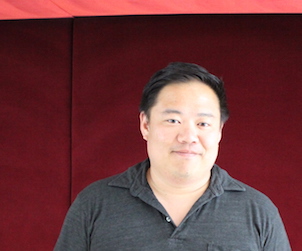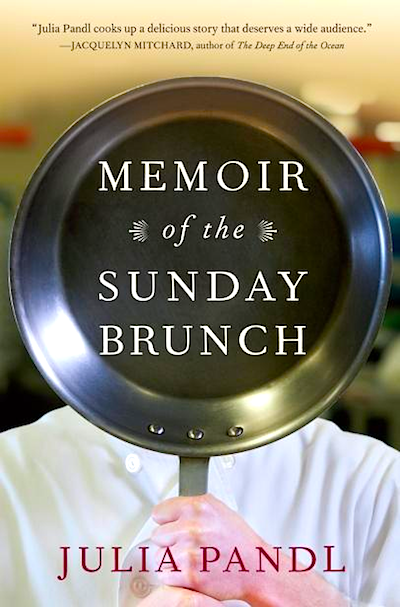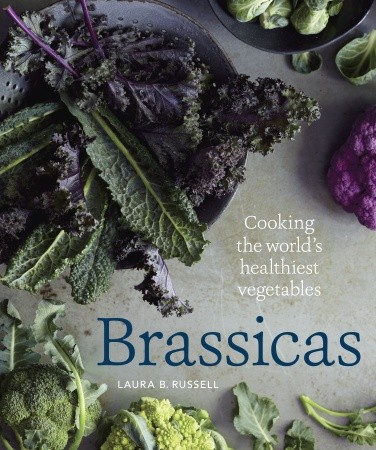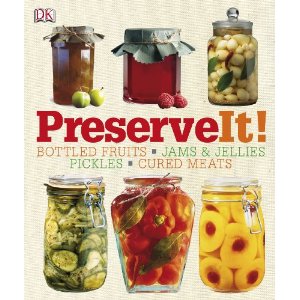Malcolm Jolley interviews Lucky Peach Editor Chris Ying about his new book.
Like God, Chris Ying’s The Wurst of Lucky Peach: A Treasury of Encased Meats would have to be invented if it didn’t exist. The culinary world needed this book and, lo here it is. Nominally a cookbook, it’s more like a hardbound multi-issue of the magazine Ying helped found and continues to edit, Lucky Peach. Only with just one subject: sausage. Like the magazine, The Wurst book draws on insider knowledge, from both famous chefs and accomplished food writers is a style that is both completely hip and self-depreciating. There are recipes, as well as shopping advice, but The Wurst book really shines as an armchair, or bedside, cookbook to be pored over, relished and referred to in the future.
Chris Ying was in Toronto recently to be a speaker at the TIFF Food on Film series, and have lunch with Naomi Duguid (of course!). I caught up with him in the lobby of the Shangri-La Hotel for a cup of coffee and the chat that makes up the interview below.
This interview has been edited for clarity and style.
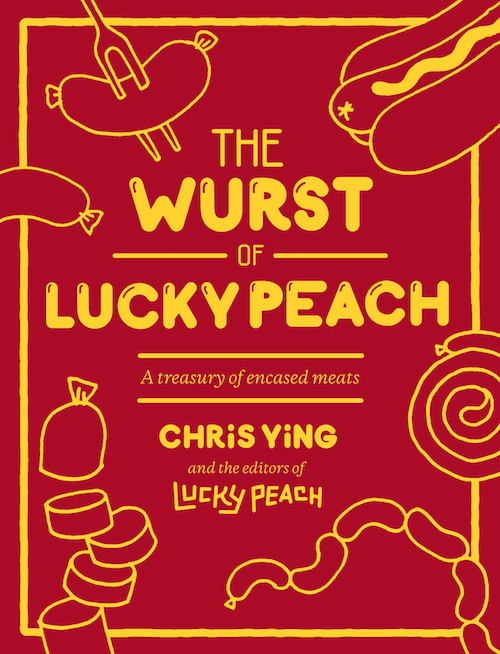 Good Food Revolution: I haven’t read your book cover to cover because it’s big and it’s going to take a while. But I have to say, so far it’s awesome!
Good Food Revolution: I haven’t read your book cover to cover because it’s big and it’s going to take a while. But I have to say, so far it’s awesome!
Chris Ying: Thank you!
GFR: How did it come to be? What’s the idea?
CY: We’re doing four cookbooks at Lucky Peach, and the idea in general is to extend an olive branch to home cooks. When Lucky Peach started there were lots of recipes that we published that were difficult and less approachable than what most cookbooks are trying to put out there.
GFR: Sure, I think of Lucky Peach as being an industry mag.
CY: Yeah. Our core audience is professional cooks and chefs who get something out of recipes that are basically impossible to replicate at home. We publish them in full and in detail in the magazine, and the first book that we put out is 101 Easy Asian Recipes. It’s a joke title because it’s full of really difficult recipes. But then at some point I guess we grew-up a little bit So anyway, this book is about sausage. It has a little bit of material from the magazine, and it’s an extension to something that we started to study at the magazine and decided to go much deeper into it. We thought it would be fun to make what’s basically a double issue of the magazine about this one topic. It’s the first one in a series of single subject cookbooks. We’re taking things like sausage and eggs and trying to really cover them.
GFR: And there are many contributors, like Lisa Abend, Ivan Orkin and Adam Gollner.
CY: Yeah, we have sort of our stable of contributors spread around the world. That’s a result of how the magazine is made, which has always been with limited resources. For this book, I was able to travel a little bit and see some things first hand, but there was no way I was going to travel around the world to see all these sausages first hand, so we relied on writers in the field. A lot of them are friends. A lot of them are people that we approached for the first time because we wanted to get to the bottom of something where they lived. The “Tubesteak Crusades” in the book are these kind of travelogues that were an opportunity to send some of our favourite voices out to specific places to get even deeper. Adam Gollner wrote one [about Mennonite Summer Sausage in Southwest Ontario].
GFR: What about the sausages? Were there sausages that didn’t make it into the book?
CY: Yeah. There were lots of sausages that didn’t make it into the book. It’s not an exhaustive, comprehensive guide. I know there are going to be people who are going to open the book to see what we have to say about their very favourite sausage. They’re either not going to find it in there, or they’re going to be upset because we didn’t get the details of their local version exactly right. But if we wanted to write something that was entertaining and useful, we could never be the final, last word on sausages. So, yeah, there were lots of sausages that didn’t make it. Just yesterday I had one at a Vietnamese restaurant here [in Toronto] that wasn’t in the book. It was a caseless beef sausage wrapped in betel leaf, which is really delicious. I was just in Mexico last week and something I had never heard of: hotdog ceviche.
CY: Yeah. Ceviche with hotdogs instead of fish. Just cold, uncooked hotdogs diced up. Had I known about that ahead of time, it would have definitely made it into the book.
GFR: Obviously.
CY: I hope [The Wurst of Lucky Peach] speaks to the ubiquitousness of sausage around the world, but the task of getting every single one was never something we were going to achieve.
GFR: I guess any meat eating culture is going to make sausage, right?
CY: Yeah, that’s the sort of not jokey part about sausage. That’s the cool, anthropological and interesting part about sausage. It does come from this place of necessity; using up the off cuts and the intestines and the organs and the blood of the animals. Anywhere that eats meat, and anywhere that’s concerned about money or resources has invented some sort of sausage. So it leads down a lot of really interesting cultural routes, when you think about it that way.
GFR: One of the stories that I picked up on in The Wurst of Lucky Peach was the story of Italian sausages, or the ones we have here. They’re not really Italian, are they? They’re Italian-American at best, maybe just American?
CY: Yeah.
GFR: Well, that got me thinking about North American culture, which (notwithstanding hotdogs) is maybe more of a burger culture? So does more interest in sausages an indication of this whole foodie revolution that’s been happening in the last decades? Now, you want more interesting stuff ground up into your meat. Do you know what I mean?
CY: Yeah, it’s interesting. When we first started and decided to do this book on sausages, I thought it was going to be so niche and, you know, so narrow in scope and interest that I was a little bit nervous about it. Then, it was a little bit like learning a new word. You know when you learn a new word and then start to notice it. It’s like everyone else knew and used this word and now you can see it. I started seeing and thinking about sausage everywhere I went! I see what a big part of our cuisine sausage already is. So, I don’t think sausage is on the rise. I don’t think it’s a trend, or anything like that. I think it’s already deeply part of how we eat in North America and around the world. People might be surprised, if they open their eyes to sausage. It’s out there, already!
GFR: You’ve in San Francisco. So, what’s your go to sausage?
CY: I live in San Francisco, where Mexican food is a huge part of how we eat. So, chorizo is probably the sausage I eat most regularly. That was something I didn’t think about until we first started on the book. It thought sausages were such a narrow idea, then realized I eat sausage three times a week as chorizo. And, since coming back from Thailand, I have really been into that flavour profile of sausage: a little sour and fermented. I seek that out whenever I can. There’s a place called Hawker Fare, run by this chef James Syhabout, where they do an amazing version with gelatinous pig’s skin in there. So, yeah, the nice thing about this book is that I really do like eating sausage.
* * *
 Malcolm Jolley is a founding editor of Good Food Revolution and Executive Director of Good Food Media, the company that publishes it. Follow him on Twitter or Facebook.
Malcolm Jolley is a founding editor of Good Food Revolution and Executive Director of Good Food Media, the company that publishes it. Follow him on Twitter or Facebook.

